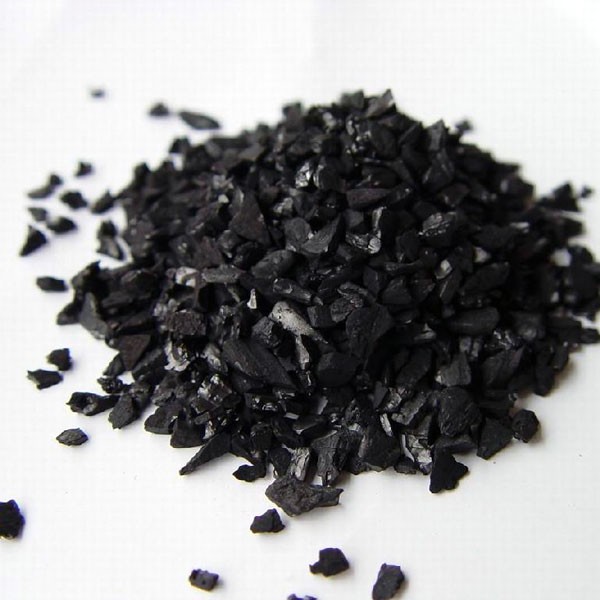Activated carbon is a natural material produced from bamboo, coconut shell, olive core, lignite, etc., activated by charcoal kiln or chemical treatment.
Activated carbon surfaces are both hydrophobic and oleophilic, they “hate” water but “love” oil. This process is called adsorption and as result attracts negatively charged impurities such as chlorine, chemicals and volatile organic compounds while the water passes on.
Each type of activated carbons have different adsorption properties. Some manufacturers use various blends of carbon to achieve specific water quality and contaminants reduction.
Except of taste improvement and health hazards minimization, it protects other water treatment units such as reverse osmosis membranes. Activated carbon is a favored water treatment technique because of its multi-functional nature and the fact that it adds nothing detrimental to the treated water.
The use of another type of filter, such as reverse osmosis is needed, because other chemicals, like iron and nitrate, are not attracted to the carbon and are not filtered.

